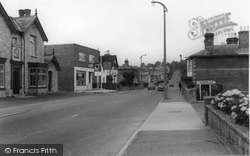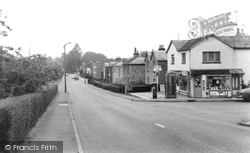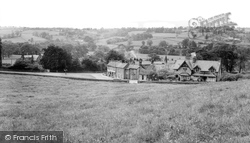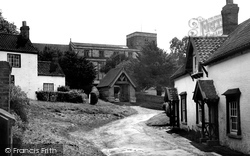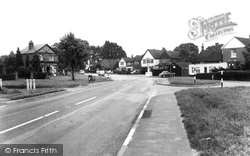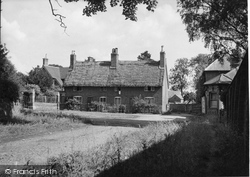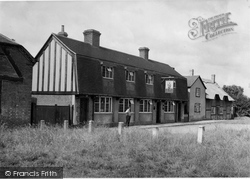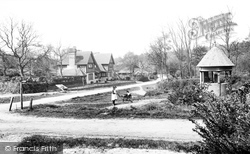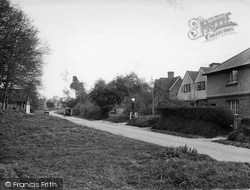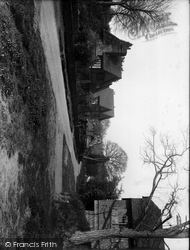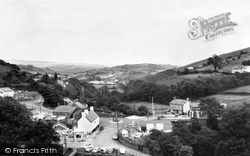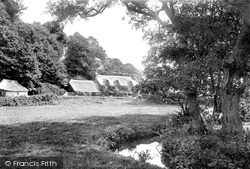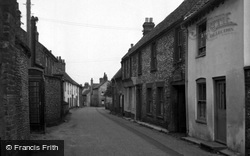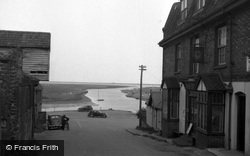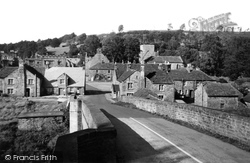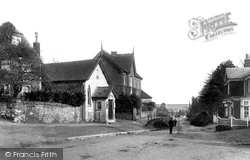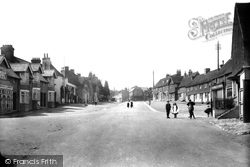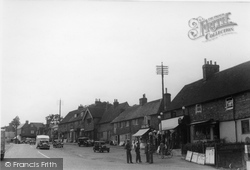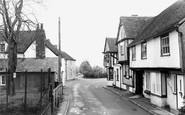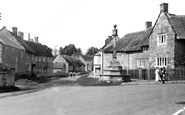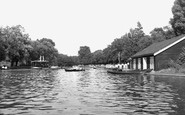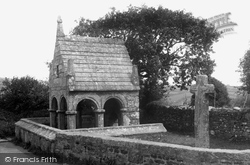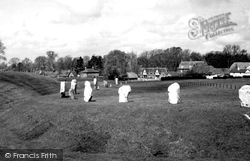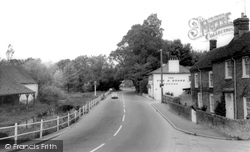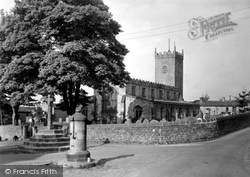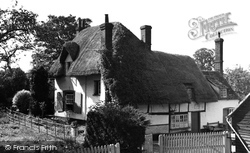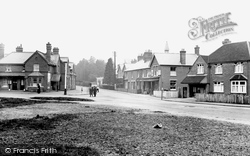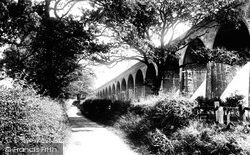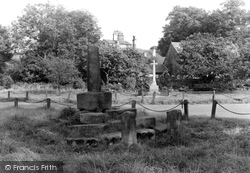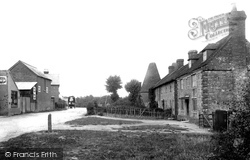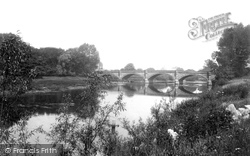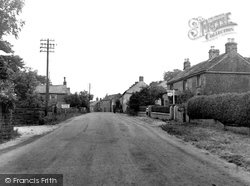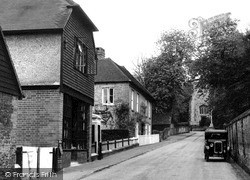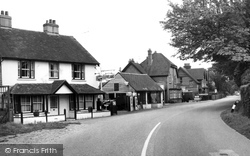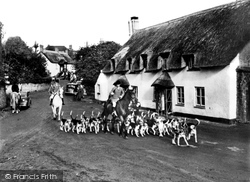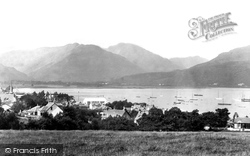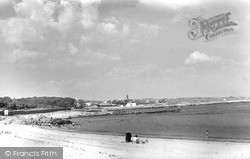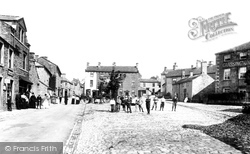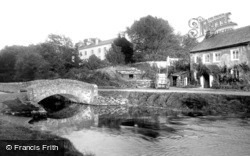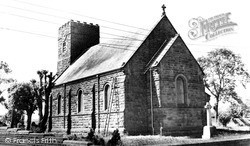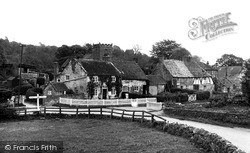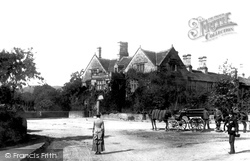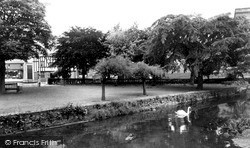Places
5 places found.
Those places high-lighted have photos. All locations may have maps, books and memories.
Photos
9,649 photos found. Showing results 521 to 540.
Maps
18 maps found.
Books
13 books found. Showing results 625 to 13.
Memories
4,612 memories found. Showing results 261 to 270.
Fond Holiday Memories
In the summer of 1963 my Dad took my sister (11), brother (4) and me (6) to stay with my Auntie Marie. She lived in the house adjoining the pub. I think it had a name like Penryn and appeared on the front cover of Country ...Read more
A memory of High Easter in 1963 by
An Evacuees Memory
My sixth and last billet as an evacuee during World War II, was at Bodrigy, Cadgwith. Bodrigy was being run almost like a boarding school with about 20 children there, and a matron to oversee us. We all went to school in Ruan ...Read more
A memory of Ruan Minor in 1944 by
Holidays In Coldingham
Until we emigrated to the U.S. in 1948, my family spent our summer holidays in Coldingham with Cha Crowe & family, also, Johnny Walker, known as Walker the Butcher whose son Ian still has his butcher shop in Eyemouth. They ...Read more
A memory of Coldingham in 1940 by
The Old Becoming New!
I arrived in Weaverham in one of its transition periods. ICI had built many houses to house its workers in all the surrounding villages including Weaverham. So Weaverham had already transformed in a way when I got there, but of ...Read more
A memory of Weaverham in 1955 by
Early School Days In Crouch End
I was born in 1946 and attended Rokesley Infants school from 1951 to 1953. We baby boomers were too many for the main school and in 1952 my class was in a private house just up the road from the school. We had to ...Read more
A memory of Crouch End by
A Village Celebrates
In 1953 the village was chosen by Picture Post to feature in their Coronation special edition under the heading "A village celebrates". On the Sunday nearest the Coronation there was an open air inter-denomination Service ...Read more
A memory of Hinton St George in 1953 by
Roding Avenue Barking.
I remember Roding Avenue (No.33) with very fond memories. Those names you have mentioned are still floating about in my brain! I remember the Coronation celebration party well; I was dressed as a pilot. My mum and several ...Read more
A memory of Barking in 1953 by
My Childhood
I was born to Victor Owen Colman Emmerson and Jean Florence Emmerson at the family home of Garden Cottage, Holmbury St Mary in September 1957. I have an older brother, John and a younger sister Diane who were also born there. My ...Read more
A memory of Holmbury St Mary in 1957 by
Growing Up
I moved to Combpyne when I was 4 years old with my mum, dad, brother and sister. We lived in the house in the centre of the village called Clock House. Its garden backed on to the churchyard. I spent many happy hours on the Webbers' farm ...Read more
A memory of Combpyne in 1958 by
Seaford Rd In The 50s And 60s
I was born in 15 Seaford rd. in 1954. Tottenham then was like a village where everyone knew everyone else. I can clearly remember rag and bone men with their horse and carts, ringing their bells yelling "old rags and ...Read more
A memory of Tottenham by
Captions
5,016 captions found. Showing results 625 to 648.
On the edge of Bodmin Moor, near Liskeard, are several important archaeological sites with Celtic remains. This is St Cleer's Holy Well in the village named after him.
The entire complex comprises an outer circular bank with an inner ditch. Inside was a great stone circle enclosing two smaller circles.
This picture shows the River Ebble and the A354 Blandford Road running side- by-side through the village of Coombe Bissett, a couple of miles south of Salisbury.
St Oswald's parish church at Askrigg is the mother church of Wensleydale, and it is easily the largest church in the dale.
The old village consists of a number of small, picturesque thatched and timber-framed cottages to the west of the church and along a lane running west from the river bridge.
By the time this photograph was taken, Crowthorne was firmly established as a community, though the centre of the village really only dates back to the 1860s.
The large building is the Whitsand Bay Hotel; it used to stand at Torpoint on the banks of the Tamar, but was dismantled and re-erected here.
Here we have a grand view of the railway arches heading out of Whalley.
The village is listed in the Domesday Book as Bodeton. The great age of the market cross, with its uneven steps and remains of the punishment stocks, is apparent.
The Village 1901 This tiny, attractive hamlet close to the great manor house of Ightham Mote has one small shop, the Plough Inn selling beers brewed at Westerham near the county border, and
Situated between the Hall and the village, Kelham Bridge's one claim to fame is that it was rammed and split in two by a small iceberg that floated down the Trent during the winter of 1854–55.
The village is situated at one end of the beautifully named Golden Valley.
Great Hucklow is a former lead mining village high on the White Peak plateau of the Peak District.
Across the A3, Puttenham village lies just south of the narrow chalk ridge of the Hog's Back.
This was the main road through the village, before the advent of by-passes; we are looking back in the direction of Blackwater. This was the A327.
A meet of hounds at Halse, a charming old village to the north west of Taunton. In medieval times there was a branch of the Knights Hospitallers at Halse.
This is the village of Sandbank on the western side of Holy Loch. On the far side are the houses of Kilmun and the heights of Stronchullin Hill, Beinn Ruadh and Creachan Mor.
The beach at Spiddal has always been popular with Galway folk and other tourists. In this scene, the beach is quiet, with bathers enjoying a summer swim. The village is in the distance.
The village had once been a centre for lead-mining, but now relied on agriculture and quarrying. In 1902 the railway finally came to Grassington with the opening of a line to Skipton.
A quiet corner of the tiny village of Cark, where the River Eea flows under a low bridge into the sands of Morecambe Bay. Note the upturned cart by the bridge.
A closer view of the church showing, in the foreground, the war memorial commemorating those men of the village who fell in the First and Second World Wars.
The higher part of Kilburn village, including the parish church of St Mary (which we can see in the background, centre) clusters around its large village green.
Middleton – its full name is Middleton- by-Wirksworth – was a quarrying and mining village which produced the famous Hopton Wood stone.
A swan cruises on the river as it curves into the east side of the village, running by a municipalised garden of finely-mown grass, and a statutory wooden seat carefully placed under the only tree of consequence
Places (5)
Photos (9649)
Memories (4612)
Books (13)
Maps (18)





